The 2023 winners
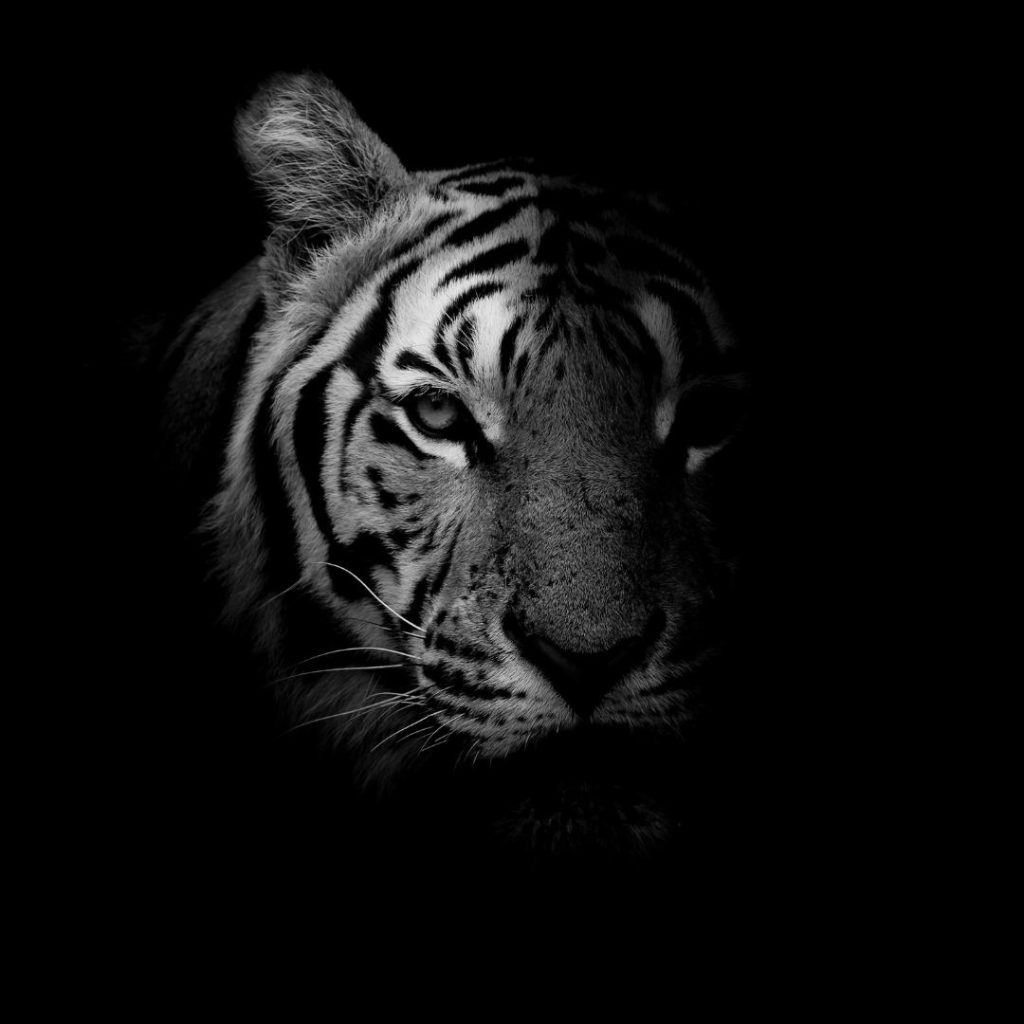
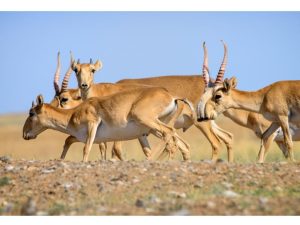 Saiga antelopes:
Saiga antelopes:
The saiga antelope, which is native to Central Asia, is no longer listed as "critically endangered" on the Red List. The population in Kazakhstan, where 98% of all saigas live, has increased from just under 40,000 to around 1.3 million animals in recent years thanks to intensive conservation efforts. The population in Mongolia has also recovered. The species is very susceptible to disease outbreaks and was affected by major mass die-offs in 2010, 2011, 2015 and 2016. Illegal and legal hunting also remains a problem.
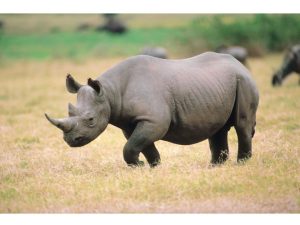 White rhinoceroses:
White rhinoceroses:
The number of white rhinos has risen again for the first time after ten years of decline - by a good five percent to a total of around 16,800 specimens. In addition, the conservation organization African Parks 2023 has acquired the largest rhino breeding project in the world. More than 2,000 white rhinos are to be released into the wild. Although the pachyderms remain threatened by poaching, the positive news is nonetheless encouraging, as the WWF still rated the white rhinos as losers in 2022.
 Bison in the Caucasus:
Bison in the Caucasus:
Exactly 100 years ago, a rescue program was launched for bison, which were extinct in the wild at the time. With success: over 8000 European bison are now roaming the forests again. And in 2023, the number has increased again: Ten bison left Tierpark Berlin and the "Alte Fasanerie" wildlife park in Hanau in November for Azerbaijan, where they will find a new home in Shahdag National Park. As part of the WWF reintroduction project, 36 bison have been released into the wild there so far. The animals have already reproduced and the population has grown to 50. A total of 100 animals are to be released into the wild by 2028.
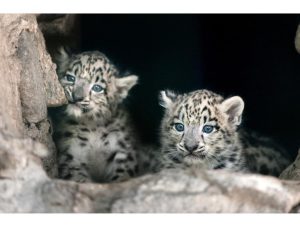 Snow leopards in Bhutan:
Snow leopards in Bhutan:
A survey in Bhutan counted 134 snow leopards. In 2016, there were only 96 individuals. As part of the national snow leopard study, over 300 wildlife cameras were placed over an area of 9,000 km².
 Tiger:
Tiger:
The number of big cats in some Asian countries has risen encouragingly: In Bhutan, it has increased from 103 to 131 since 2015. India reported over 3,600 tigers in 2023 - and thus has two thirds of the global population within its borders. Images from wildlife cameras in Malaysia also give hope that tigers are not lost in Southeast Asia despite small populations.
 Sarus cranes in Nepal:
Sarus cranes in Nepal:
Thanks to intensive conservation efforts, the number of Sarus cranes in Nepal has doubled to over 700 since 2010. At that time, there were only 350 of the majestic birds left in the country. The word "sarus" actually comes from the Sanskrit term "saras" (crane). In Nepalese society and culture, the birds symbolize love, faith and devotion. However, the species is still considered "endangered" worldwide.
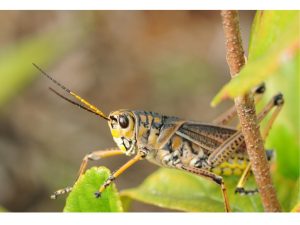 Grasshoppers in the March-Thaya floodplains:
Grasshoppers in the March-Thaya floodplains:
Since the introduction of grazing in the Marchegg floodplain reserve by WWF Austria, the range of grasshopper species has expanded significantly. It now also includes a number of species that were not previously known from the area. There are now 40 different species of grasshopper and the praying mantis to be found here. The density of individuals of grasshoppers has also increased - and bird species that rely on large insects as food, such as storks and red-backed shrikes, are benefiting from this again. This makes the pasture area in the WWF floodplain reserve one of the most species-rich areas in Lower Austria, with a striking number of endangered and specialized species of grasshoppers.






